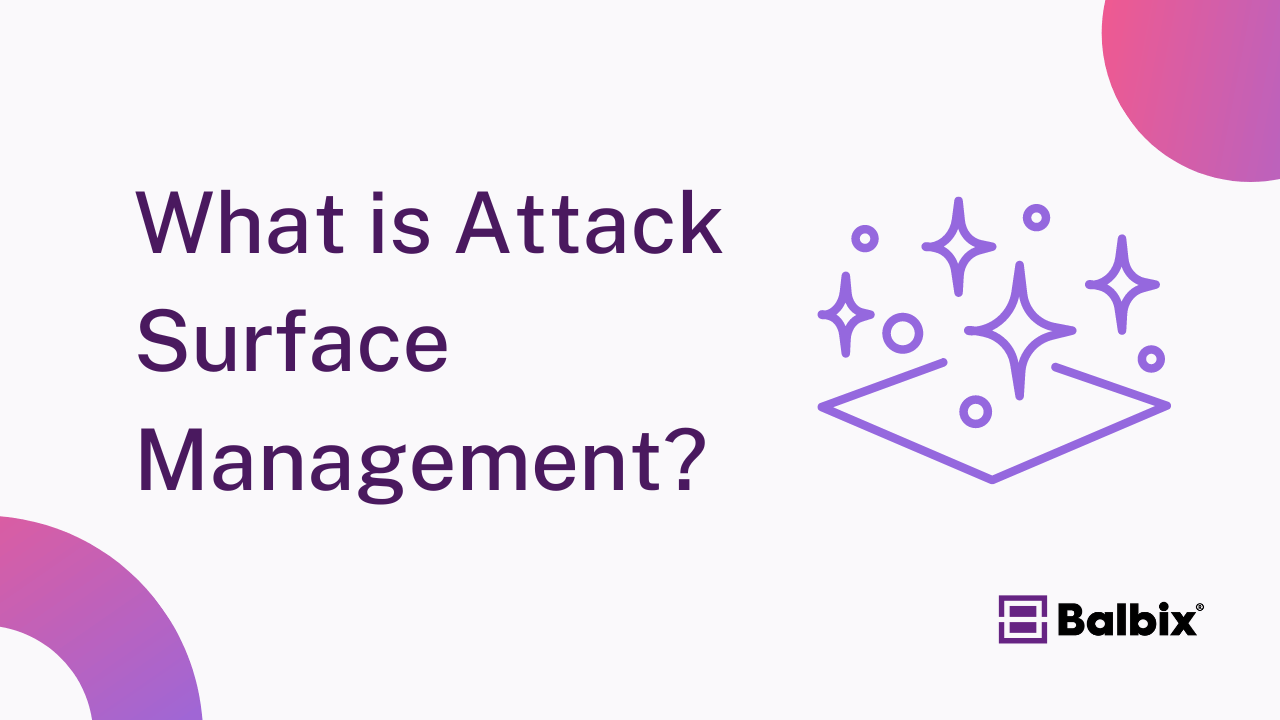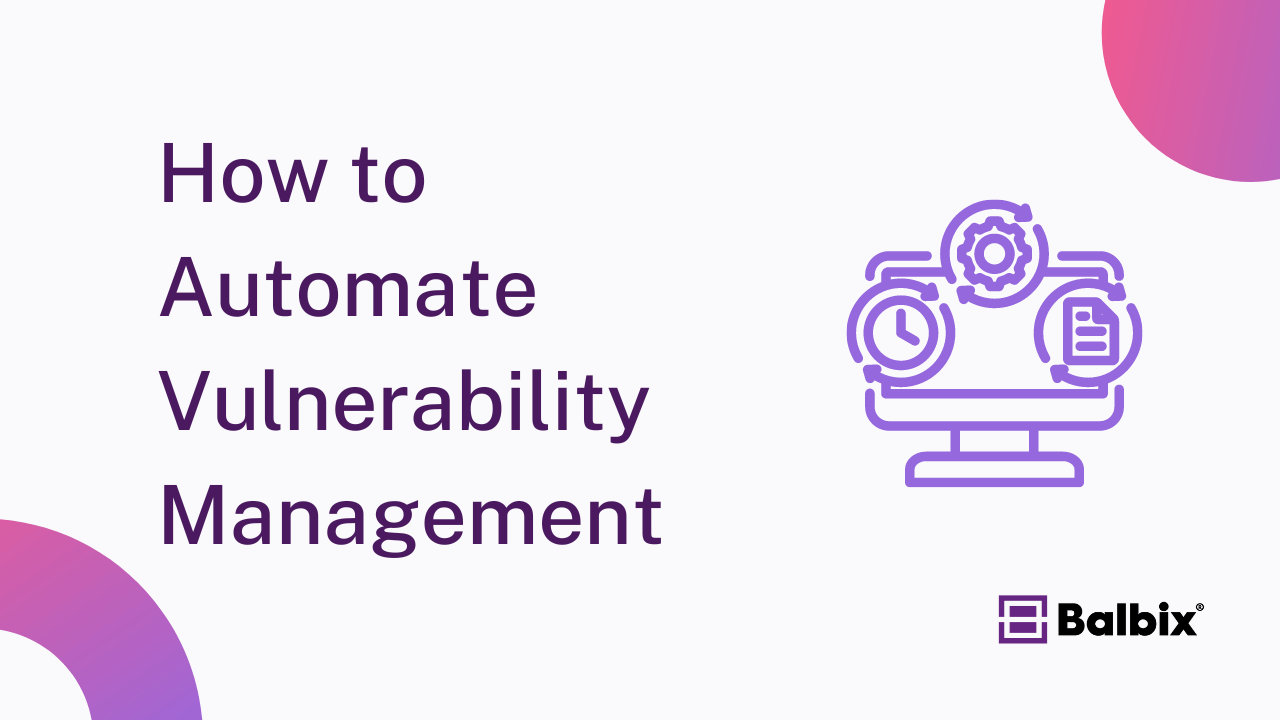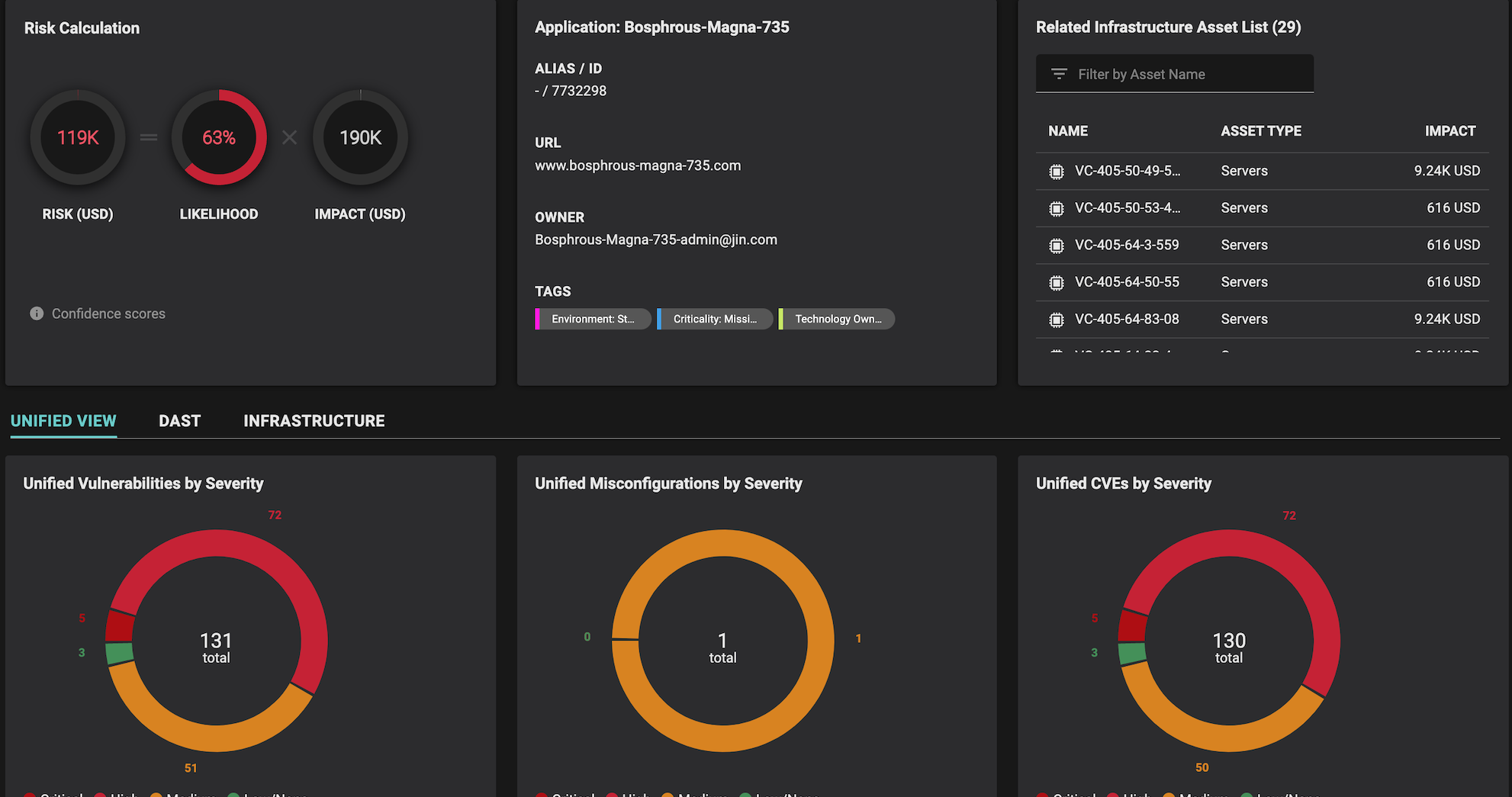What is application security (AppSec)?
Application security (AppSec) refers to the processes, techniques, and tools that protect software applications from threats and vulnerabilities throughout their entire lifecycle, from design and development to deployment and beyond. Application security prevents adversaries from exploiting vulnerabilities in applications to gain unauthorized access, steal valuable data, or disrupt the application’s daily operation.
Application security is constantly evolving, and many changes have been made to application development and deployment. In the past, applications were large pieces of software installed in a single machine that resided on-premises or in self-hosting environments, requiring organizations to manage and maintain their infrastructure and servers. Traditional applications follow a monolithic architecture where all components are combined into a single program from a single platform. Updating the application may require altering the entire system and manual maintenance, making it challenging to make changes and apply patches.
The widespread adoption of cloud computing has ushered in a new era of software applications designed and built to leverage the capabilities, agility, and flexible benefits of cloud computing.
As a result, modern cloud applications are developed and deployed using cloud technologies in either single-cloud stack or multi-cloud environments. Cloud applications adopt a microservice architecture, where functionalities are divided into independent services, making it easier to deploy and maintain updates without affecting other services in the architecture.
They can also automatically adjust resources based on demand, providing flexibility, scalability and cost efficiency compared to traditional on-premise applications. Another critical feature of modern cloud applications is their ability to continuously download updates and patches and automatically incorporate real-time information on emerging threats and vulnerabilities.
How does application security work?
Application security includes practices that help identify, protect against and address vulnerabilities throughout the software development and application lifecycle. The various controls that organizations can adopt to minimize the risk of application threats include:
- Threat modeling: Threat modeling is the process of analyzing an application to identify potential vulnerabilities and develop controls that can mitigate the impacts of those risks.
- Secure coding practices: Secure coding practices involve writing code that is less vulnerable to attacks and includes techniques like input validation, error handling/ logging and threat modeling. With the growing use of AI code generation tools, it’s equally important to ensure that the generated code adheres to these secure coding principles to minimize vulnerabilities.
- Vulnerability scanning and testing: Security professionals can use automated risk-based vulnerability management tools to scan the application for vulnerabilities, such as unpatched software and misconfigurations, allowing for improved visibility of their attack surface.
- Access control: Organizations can implement various access control mechanisms, such as authentication and authorization, to ensure that only authorized users can access the application and sensitive information.
- Encryption: Encryption, applied to data at rest or in motion, can translate data into another form that only people with access to a secret key or password can read.
- Conventional firewalls: Firewalls are a barrier between external networks and the application, blocking unauthorized access and filtering out potentially malicious traffic.
- Security monitoring and incident response: Security professionals can monitor applications for suspicious activity and respond to incidents promptly. This involves logging and analyzing security events, detecting and investigating potential incidents, and responding appropriately to mitigate damage.
- Web application firewalls (WAF) monitor, filter, and prevent common web traffic attacks, such as SQL injection, cross-site scripting (XSS) and other malicious HTTP and HTTPS activity, from reaching an application.
- Multi-factor identification (MFA): MFA is a multi-step login process that requires users to provide multiple forms of identification before accessing a system, application, or website.
- Anti-virus software: Anti-virus software is a program designed to remove various types of malicious software, like viruses, worms, trojan horses, ransomware and adware, from computer systems or applications.
Why is application security important?
With the increasing number of applications developed and used today, mainly through cloud technologies, organizations face more complex cyber threats. Application security measures are integral for protecting assets and sensitive data and reducing the impact of application-related cyber attacks.
Organizations need to adopt application security for several reasons, including:
- Protecting sensitive data: Applications often handle sensitive data such as personal information, financial data and intellectual property. A security breach in an application can compromise this data, resulting in financial loss, reputational damage, or legal liability.
- Preventing cyber attacks: Application security helps build protection around applications, making it harder for attackers to access systems and exploit vulnerabilities, reducing the likelihood of a cyber attack.
- Compliance with regulations: Securing applications enables organizations to stay compliant with regulations to avoid fines, legal action, or loss of business due to gaps in their security measures.
- Maintaining business operations: Organizations rely on many software applications to run their operations. Protecting their applications can reduce the risk of business disruptions and build trust in their software security.
- Building customer trust: Applications store large volumes of data that can contain sensitive customer information. Organizations prioritizing application security can increase protection against data breaches, increasing customer trust and loyalty.
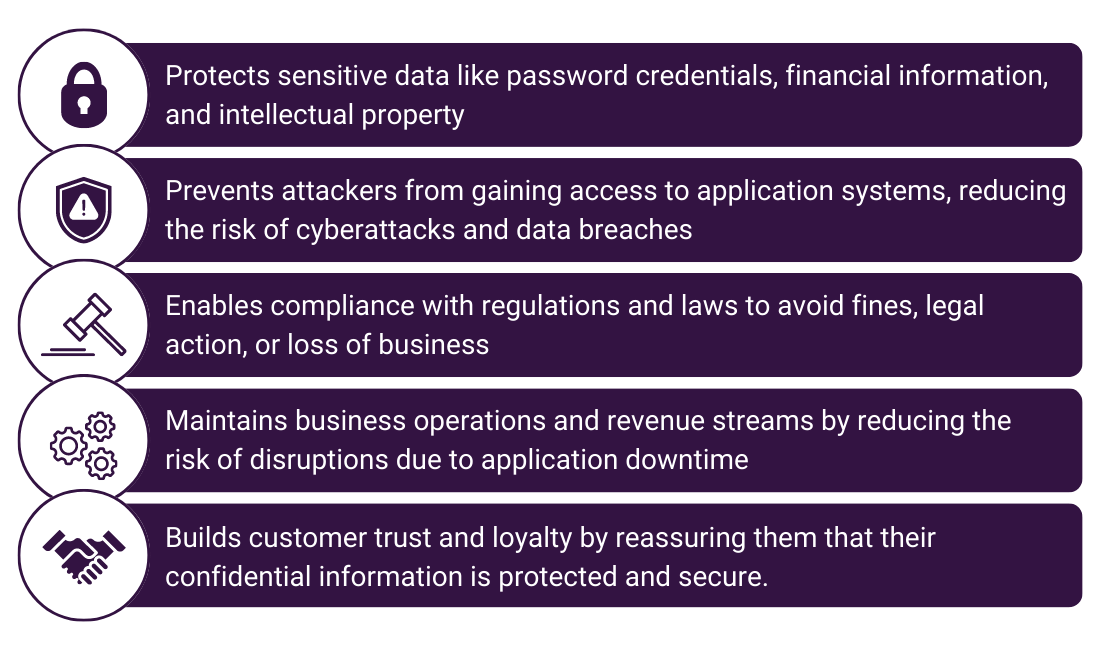
What is application security testing?
Application security testing is the process of evaluating and identifying an application’s vulnerabilities and security weaknesses. It involves various techniques and tools to test the application’s risk posture and evaluate its resilience against common attack vectors.
There are several types of application security testing used for on-premise and cloud applications, including:
- Static Application Security Testing (SAST): SAST, performed during the development process of the application, analyzes the application’s source code for potential security vulnerabilities. This type of testing identifies issues early on so they can be fixed before the application is deployed.
- Dynamic Application Security Testing (DAST): DAST, performed after the application has been deployed, tests the application while it’s running to identify vulnerabilities and observe its response to simulated attacks.
- Interactive Application Security Testing (IAST): IAST combines the techniques used in SAST and DAST. The test analyzes code for security vulnerabilities while the application is being used, either by a human user or an automated test, and can detect vulnerabilities in real-time and provide recommendations for quick remediation.
- Software composition analysis (SCA): SCA automatically scans the code of an application to identify its third-party and open-source software components and detect common security vulnerabilities.
- Runtime application self-protection (RASP): RASP is a security technology designed to monitor an application while it’s running and protect it from adversary behavior that traditional security measures such as firewalls and antivirus software might not detect.
- Application Program Interface (API): API is software testing that verifies the reliability, performance and security of API endpoints, the interface that enables information sharing between different software systems.
- Infrastructure as Code (IAC): IAC tests the code that is used to automate the deployment and management of the infrastructure resources, such as servers, networks, databases and other components, to verify its reliability and correctness.
What are the consequences of inadequate application security?
Application security is a crucial aspect of overall cybersecurity because applications often serve as the primary entry point for attackers to exploit vulnerabilities and gain unauthorized access to confidential data. Some of the most severe consequences of inadequate application security include data breaches, legal implications due to violating laws and regulations, financial loss, system downtime, reputational damage, and disruption of business operations resulting from security incidents.
Inadequate application security makes it challenging for organizations to gain complete visibility of their attack surface and maintain a strong security posture, putting them more at risk of application-related attacks. Without proper protection and practices, attackers can easily access, exploit or manipulate applications to carry out an attack. An example of an application-related attack is the discovery of an unrestricted file upload vulnerability in a WordPress plugin called Contact Form 7, currently installed on over 5 million websites. By exploiting this highly-severe vulnerability, attackers could install any file and bypass restrictions, resulting in security incidents like credit card fraud and data breaches.
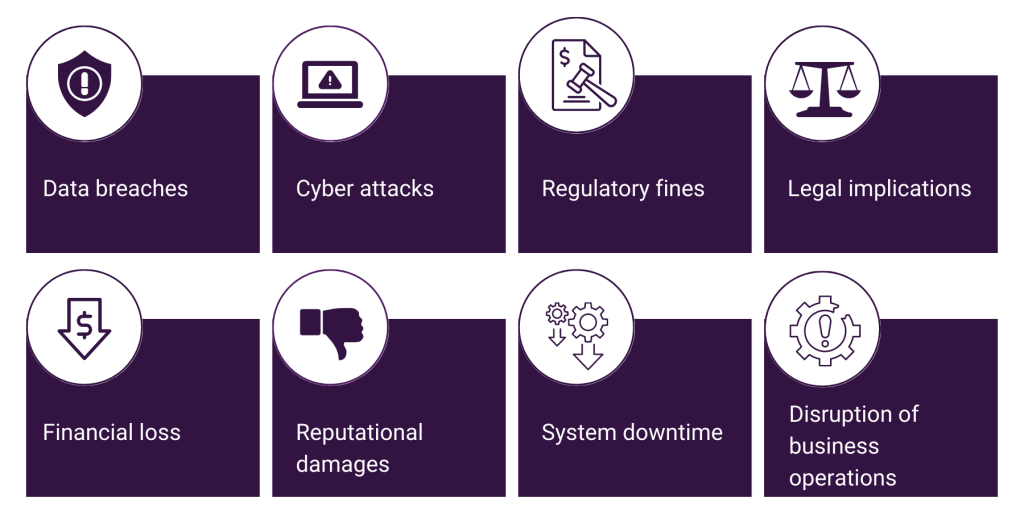
To mitigate these consequences, organizations must adopt measures that protect their application throughout the entire software lifecycle – from design to deployment and onward. Such practices include conducting application security testing to ensure that applications are adequately protected and functioning, regular cyber risk assessments to determine critical risks across the network, continuous vulnerability scans and penetration tests, deploying fixes to close security gaps and evaluating application security controls to improve protection.
What are the most common cyber attack vectors in the context of application security?
Cyber attack vectors are the methods or ways an adversary uses to breach or infiltrate an entire network or system. Adversaries use various vectors to orchestrate cyber security attacks on applications, with the most common being:
- Phishing attacks: Phishing attacks are fraudulent emails or messages designed to trick recipients into revealing sensitive information, passwords,
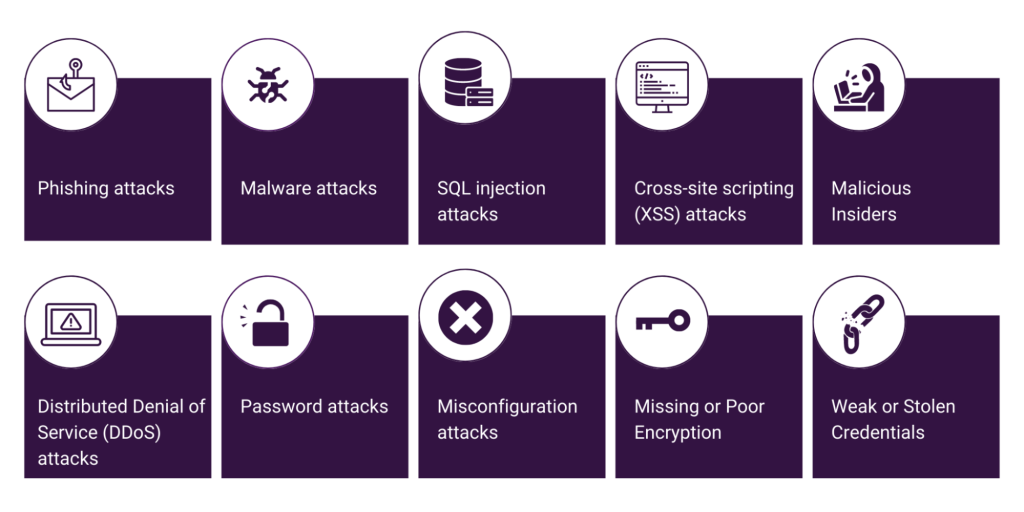
What is the OWASP Top 10 and why is it helpful for Application Security?
The OWASP Top 10, maintained by Open Web Application Security Project (OWASP), a nonprofit organization dedicated to improving software security, provides a standardized list of applications’ most critical security risks. The list is based on real-world data and feedback from security experts, making it a reliable and credible guide for application security. By using the OWASP Top 10 as a guide, organizations can stay up-to-date with the latest security risks and implement security controls that effectively protect their applications.
Stop Sabotaging Your Cybersecurity
Avoid the 11 common vulnerability management pitfalls

Additionally, the OWASP Top 10 is widely recognized and used by security professionals and organizations worldwide, providing a common language and framework for discussing application security risks and solutions. Using it enables organizations to more easily communicate with their partners, customers, and regulators about their application security posture.
Glossary of application security terms
- Static Application Security Testing (SAST): SAST, performed during the development process of the application, analyzes the application’s source code for potential security vulnerabilities. This type of testing identifies issues early on so they can be fixed before the application is deployed.
- Dynamic Application Security Testing (DAST): DAST, performed after the application has been deployed, tests the application while it’s running to identify vulnerabilities and observe its response to simulated attacks.
- Interactive Application Security Testing (IAST): IAST combines the techniques used in SAST and DAST. The test analyzes code for security vulnerabilities while the application is being used, either by a human user or an automated test, and can detect vulnerabilities in real-time and provide recommendations for quick remediation.
- Software composition analysis (SCA): SCA automatically scans the code of an application to identify its third-party software components and detect common security vulnerabilities.
- Runtime application self-protection (RASP): RASP is a security technology designed to monitor an application while it’s running and protect it from adversary behavior that traditional security measures such as firewalls and antivirus software might not detect.
- Application Program Interface (API): API is software testing that verifies the reliability, performance and security of API endpoints, the interface that enables information sharing between different software systems.
- Infrastructure as Code (IAC): IAC tests the code that is used to automate the deployment and management of the infrastructure resources, such as servers, networks, databases and other components, to verify its reliability and correctness.
- Penetration Testing: Penetration testing, often called a “pen test,” is an authorized simulated cyber attack on a system performed to identify vulnerabilities and potential security weaknesses that attackers could exploit.
- Risk: Risk refers to the potential for a security event or action to have adverse consequences on an organization’s objectives, assets, or operations resulting from cyber threats, vulnerabilities, and the potential impact of a security incident.
- Cyber Threat: A cyber threat is a malicious activity intended to compromise systems, steal data and damage the digital well-being of an organization.
- Vulnerability: A vulnerability refers to a weakness or flaw in a system, network, or application that can be exploited by adversaries to orchestrate a successful attack.
- Web application firewall (WAF): WAFs analyze a web application’s incoming and outgoing HTTP/HTTPS traffic, preventing unauthorized data from leaving the app and blocking potential threats.
What is cloud application security?
Cloud application security involves practices and technologies that enable organizations to protect applications, infrastructure and data against threats and vulnerabilities in cloud environments. Cloud security is essential for organizations operating in multi-cloud environments hosted by third-party cloud providers like Amazon, Google, or Microsoft. Third-party relationships can increase the attack surface by exposing organizations to new vulnerabilities and risks, especially if the third party does not uphold similar security standards.
Cloud computing enables flexibility, cost savings and extensive optimization but also introduces complexities related to data security and a vast array of security threats. Cloud application threats can stem from a number of things, including misconfigured cloud environments or applications, poor encryption and access management controls and distributed denial of service (DDoS) attacks due to security gaps in the system. To properly secure cloud applications, organizations should continuously monitor their employees’ software tools for vulnerabilities, adopt continuous patch management practices, enable data encryption and instate robust authentication procedures to ensure that only authorized users can access their cloud infrastructure.
What is web application security?
Web application security protects websites and online services and the data they handle against vulnerabilities, threats, and attacks. Web applications provide cross-platform compatibility and are easily accessible through a web browser on any device that offers an internet connection, enabling flexibility, scalability and cost efficiencies. Despite these benefits to organizations, web applications are challenging to protect due to their complex infrastructure, components and dependencies, making them susceptible to vulnerabilities at each layer.
Web application threats can include SQL injection attacks, where attackers insert malicious SQL into a web application database query; cross-site scripting (XSS), where malicious scripts are injected into web pages; and cross-site request forgery (CSRF) attacks, where authenticated users are tricked into performing unintended actions on a web application. Additional attacks may include Insecure Direct Object References (IDOR), where critical information is accessed by manipulating the URL, and Unvalidated Redirects and Forwards, redirecting users to phishing sites or websites containing malware.
Web application security includes access and authorization controls, Intrusion Detection and Prevention Systems (IDPS), encryption and web application firewall. Additional aspects of web application security practices encompass configuring web servers and application frameworks, practicing secure coding, input validation and output encoding techniques to prevent data manipulation.
What is mobile application security?
Mobile application security refers to the practices, measures and technologies that protect mobile applications and secure their security posture. With the widespread use of smartphones and mobile devices, mobile applications are a critical part of an organization’s online presence, allowing them to connect with users from across the globe. Given the importance of mobile applications to business operations and the large amount of user data they generate, they must be developed and maintained with security in mind.
Mobile application threats can stem from insecure API connections that are not adequately integrated, lack of authentication or authorization mechanisms, or Man-in-the-Middle attacks (MITM), where attackers manipulate the data exchanged between the application and server to expose sensitive information and modify the applications or the behavior of a server. Mobile threats can also occur when hackers tamper with the source code of the open-source library, through rooting and jailbreaking or through reverse engineering, which entails attackers understanding the application’s inner workings to exploit vulnerabilities or infect mobile applications with malicious malware and code injections.
Mobile application security includes utilizing secure coding practices specific to the mobile platform, regularly updating and patching mobile applications and adhering to security standards, applying code obfuscation to make it more challenging for attackers to reverse engineer the applications code and implementing detection mechanisms to identify modifications within the application. Other forms of mobile application security entail vetting and monitoring third-party libraries and APIs used in the application and implementing security mechanisms for offline data storage.
Frequently Asked Questions
- What is application security (AppSec)?
-
Application security (AppSec) refers to the processes, techniques and tools that protect software applications from threats and vulnerabilities throughout their entire lifecycle, from design and development to deployment and beyond. Application security prevents adversaries from exploiting vulnerabilities in applications to gain unauthorized access, steal valuable data, or disrupt the application’s daily operation.
- How does AppSec work?
-
Application security includes practices that help identify, protect against and address vulnerabilities throughout the software development and application lifecycle to help minimize the likelihood of a cyber attack or data breach. Several actions teams can take to implement application security include secure coding practices, vulnerability scanning, access control mechanisms, encryption, firewalls and security monitoring of applications.
- Why is AppSec important?
-
Application security is important because applications often serve as the primary entry point for attackers to exploit vulnerabilities and gain unauthorized access to systems or sensitive data. By proactively addressing application security, organizations can significantly reduce the risk of cyber attacks, data breaches, and associated financial and reputational damages.
- What is AppSec testing?
-
Application security testing evaluates an application’s security posture and identifies its resilience against vulnerabilities and weaknesses that attackers could exploit. The most common AppSec testing are Static Application Security Testing (SAST), Dynamic Application Security Testing (DAST) and Interactive Application Security Testing (IAST).
- What are the consequences of inadequate AppSec?
-
Inadequate application security makes it challenging for organizations to gain complete visibility of their attack surface and maintain a strong security posture, putting them
more at risk of application-related attacks. Without proper protection and practices, attackers can easily access, exploit or manipulate applications, resulting in severe consequences like data breaches, legal implications due to violating laws and regulations, financial loss, reputational damage, and disruption of business operations.
- What are the most common attack vectors?
-
The most common attack vectors include:
- Phishing attacks
- Malware attacks
- SQL injection attacks
- Cross-site scripting (XSS) attacks
- Malicious Insiders
- Distributed Denial of Service (DDoS) attacks
- Password attacks
- Misconfiguration attacks
- Missing or Poor Encryption
- Weak or Stolen Credentials
- What is the OWASP Top 10 and why is it helpful for Application Security?
-
The OWASP Top 10 provides a standardized list of the most critical security risks to web applications and remediation solutions. The list is based on real-world data and feedback from security experts, making it a reliable and credible guide for application security. Organizations can use the OWASP Top 10 as a guide to stay up-to-date with the latest security risks and implement effective and comprehensive security controls that protect their applications.
- What is cloud application security?
-
Cloud application security involves practices and technologies that enable organizations to protect applications, infrastructure and data against threats and vulnerabilities in cloud environments. Cloud security is essential for organizations operating in multi-cloud environments hosted by third-party cloud providers like Amazon, Google, or Microsoft. Third-party relationships can increase the attack surface by exposing organizations to new vulnerabilities and risks, especially if the third party does not uphold similar security standards.
- What is web application security?
-
Web application security protects websites and online services and the data they handle against vulnerabilities, threats, and attacks. Web applications provide cross-platform compatibility and are easily accessible through a web browser on any device that offers an internet connection, enabling flexibility, scalability and cost efficiencies. Despite these benefits to organizations, web applications are challenging to protect due to their complex infrastructure, components and dependencies, making them susceptible to vulnerabilities at each layer.
- What is mobile application security?
-
Mobile application security refers to the practices, measures and technologies that protect mobile applications and secure their security posture. With the widespread use of smartphones and mobile devices, mobile applications are a critical part of an organization’s online presence, allowing them to connect with users from across the globe. Given the importance of mobile applications to business operations and the large amount of user data they generate, they must be developed and maintained with security in mind.
